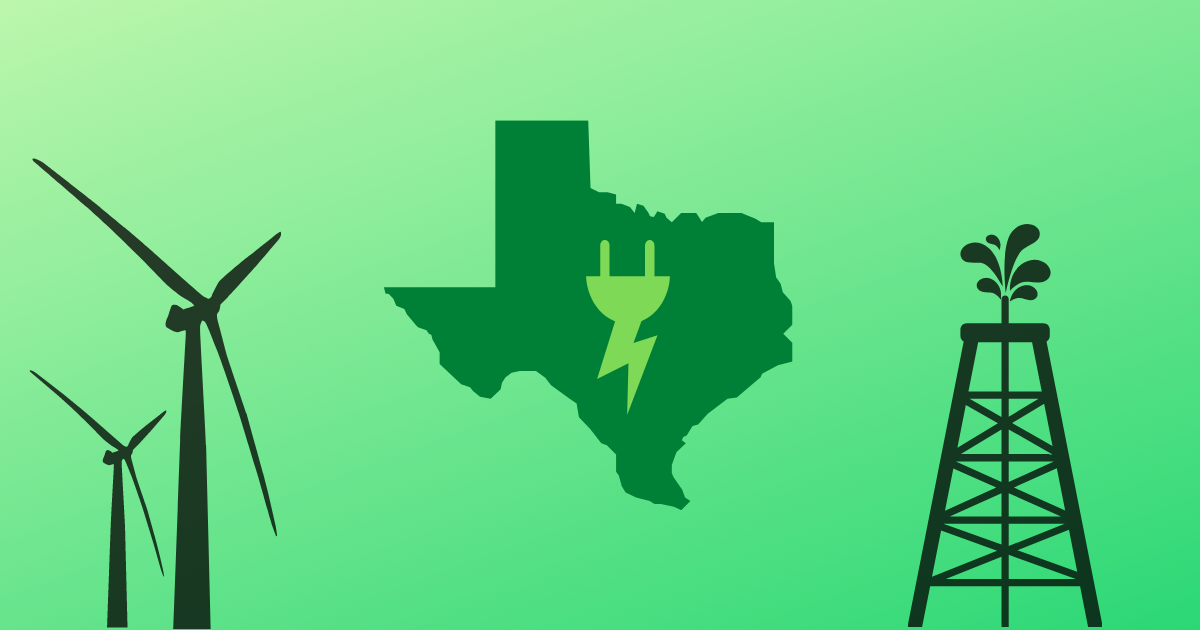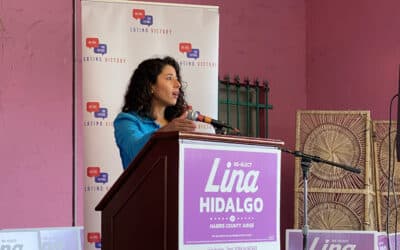There are anniversaries to celebrate, and those to mark with solemnity. One year ago, Winter Storm Uri wreaked havoc on Texas communities, claiming hundreds of lives and resulting in widespread and sustained blackouts. A year later, it’s time for both somber reflection and for a clear-eyed review of the progress that’s been made towards improving energy resilience — alongside an understanding of the work that remains. In the days after a new storm brought the season’s first power outages, staring down winter freezes that could again potentially disrupt Texans’ access to basic electricity, it’s worth asking — have we learned the right lessons?
The first lesson we should all sadly accept is this: extreme weather is the new normal, not the exception. This winter’s storms may not match the scale of Uri, but the electric grid has been tested yet again. Freezing temperatures rocked natural gas production in the Permian basin in January; pipelines were shut off due to frozen water, and gas production dropped drastically. Wind generation soared, providing an unexpected boost to the state’s power grid, but that is not a long term or permanent substitute for modernizing the grid to build resilience. The failures of the Electric Reliability Council of Texas (ERCOT) last year remind us that we’re still vulnerable to blackouts caused by extreme winter weather. In fact, it wouldn’t even take a storm as bad as last year’s to take the grid offline again.
Texas, of course, has unique challenges – a grid unconnected to other states – but the Lone Star State isn’t alone in needing a major overhaul. The U.S. electric grid, once referred to as the “greatest invention of the 20th century,” was originally built to run on a steady “base load” combination of 24-hour coal plants, massive scale hydropower, and eventually, nuclear plants and natural gas. Today, it is rapidly showing its age. With repeated failures during heat waves, hurricanes, and other climate change-fueled extreme weather, the US electric grid is proving to be inadequate and in need of an accelerated transition to renewables and utility-scale storage. The good news is, beyond climate and health benefits, investment in wind, solar and storage simply makes more economic sense than ever before. Clean energy is now the cheapest form of energy in the marketplace.
The other piece of good news — the opportunity we can identify out of the crisis — is that one year later, thanks to bipartisan infrastructure investment in Congress, grid modernization has never looked like a better bargain. This is a moment to seize the innovations in utility-scale energy storage to provide backup and ensure resiliency in the grid when the supply of wind or solar fluctuates. Since peak demand also fluctuates, this too is our opportunity to expand transmission in order to provide clean energy reliably to every part of the country. Grids that are more interconnected are more resilient to changes in energy demand. Finally, it is an historic opportunity to improve efficiency. Buildings are responsible for 74% of U.S. electricity use. Improving efficiency alongside decarbonization will help to minimize both emissions and strain on the grid.
Can we do these things? Absolutely. Washington now plans to invest $65 billion for grid improvements nationally: $2.5 billion for improved transmission lines; $3 billion to smart grid technology; and $10 billion for grants that will go to states, tribes, and utilities for power outage prevention. It’s an initiative to update the power grid and use public land for solar and wind power.
The best part is, we should be able to make these investments in a bipartisan way that creates jobs — and there’s no such thing as Democratic or Republican energy jobs. Steel in the ground and cable stretching for miles upon miles isn’t partisan — it’s jobs. Energy security knows no ideology.
That, of course, brings us back to one of the difficult memories of the 2021 storms. As Texans pulled together, some tried to pull us all apart. While it isn’t worth revisiting the distortions of those weeks, the truth does matter when it comes to creating an accurate historical record, and it matters moving forward when solving problems for Texans and all Americans. Most of the power responsible for the outages was from thermal sources that use fossil fuels. ERCOT currently still relies on these thermal sources — not renewable energy — to meet the winter’s high demands for power. Uri was not an indictment of clean power; rather, it was a wakeup call for the need for a more resilient and reliable electric grid.
Together, let’s vow never to let weather crises devolve into partisan energy finger pointing. These weather crises will increase in frequency due to climate change, and we need to work together to be prepared. We all want a reliable, resilient electric grid that won’t result in blackouts during bad weather. Together, in 2022, let us work together to support smart investments for grid upgrades and transmission expansion that keeps the heat on — and not rhetorical hot air.
Heather Zichal is CEO American Clean Power Association




